Opinion: New Hampshire, it’s time to drive into the future
| Published: 04-13-2024 7:00 AM |
Jessyca Keeler, president, Ski New Hampshire and Brian Norton, president & general manager, Loon Mountain Resort.
New Hampshire’s rich natural resources have long attracted visitors from surrounding states and provinces, a pattern that has enabled the travel and tourism sector to emerge as the second largest revenue generator of the state’s economy. These visitors contributed over $7 billion to the state last year and are the lifeblood of many communities and even entire counties.
However, absent proactive investments across the state, New Hampshire’s reluctance to keep up with technological advancements in the transportation sector threatens this vital part of our economy.
Over the next decade, millions of new electric vehicles (EVs) are expected to hit the road in the states to the south and provinces to the north of New Hampshire due to a combination of policy requirements, government incentives, and massive improvements in technology that will continue to reduce the costs of EVs. However, New Hampshire is falling far behind our New England neighbors and the states with which we compete the most for tourists, Vermont and Maine, when it comes to publicly available charging locations for electric cars and trucks. This is a failure that has growing ramifications for the state’s vital year-round tourism economy.
An increasing number of skiers from our major markets are driving clean electric vehicles. Where can they get a fast charge for their cars or trucks in regions like the White Mountains and the Lake Sunapee region, particularly if they’re driving a non-Tesla EV? Virtually nowhere.
During the winter months, EV-driving skiers who need to charge cars or trucks before they head home are forced to find local slow-charging stations that can take hours before they are on the road. Even those ski areas that have installed level 2 charging stations on site can’t accommodate all EV drivers headed to our mountainous regions.
It is a growing problem given the rapid expansion of electric vehicles in the states that bring the most tourists, and tourist dollars, to the Granite State. More than half of New Hampshire’s guests come from Massachusetts, which is already one of the top states in the country for electric cars per capita, and which electric power grid operator ISO-New England (ISO-NE) now estimates will have more than a half-million electric vehicles within a decade. New England as a whole (not including New Hampshire) is responsible for six out of 10 of the state’s skiers, and according to ISO-NE 14 percent of New England cars, 1.5 million of them, will be electric within eight years.
If EV drivers planning a ski getaway to New Hampshire determine that they can’t conveniently drive in New Hampshire, they have a growing number of options from our leading competitors who would be all too happy to increase their slice of the tourism pie. Our state has roughly 230 public charging station locations (the bulk of them located south of Concord), but that’s far fewer than Maine and Vermont, according to the US Department of Energy. Vermont has 375 station locations and Maine has over 475 stations. Simply put: A Boston EV driver is going to find it far more convenient to spend a weekend skiing in Vermont or Maine compared to doing these things in New Hampshire.
Article continues after...
Yesterday's Most Read Articles
 Hometown Heroes: Couple’s sunflower fields in Concord reconnects the community to farming
Hometown Heroes: Couple’s sunflower fields in Concord reconnects the community to farming
 Boscawen resident takes issue with proposed town flag designs
Boscawen resident takes issue with proposed town flag designs
 Skepticism turns to enthusiasm: Concord Police welcome new social worker
Skepticism turns to enthusiasm: Concord Police welcome new social worker
 With new plan for multi-language learners, Concord School District shifts support for New American students
With new plan for multi-language learners, Concord School District shifts support for New American students
 With Concord down to one movie theater, is there a future to cinema-going?
With Concord down to one movie theater, is there a future to cinema-going?
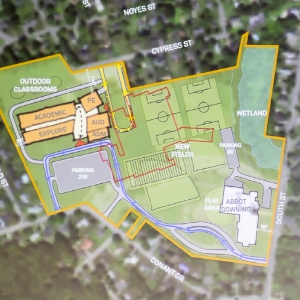 Opinion: The Concord School Board can restore trust with residents
Opinion: The Concord School Board can restore trust with residents
Over the years, New Hampshire has enjoyed an upward trend of revenues generated from travel and tourism spending. But these gains stand to be lost due to New Hampshire’s apparent lack of willingness to drive into the future. Maine has launched an initiative to help bring more charging stations to rural portions of the state. Vermont continues to invest heavily in charging stations and is now the nation’s leader in public electric car charge stations per capita. New Hampshire, meanwhile, last year passed Senate Bill 52, which sets up a committee to study the need for more charging infrastructure and which won’t even deliver any recommendations until late 2024.
The solution to this problem is investment in publicly available charging stations in advance of widespread adoption of EVs along all of New Hampshire’s major travel corridors and within every community in the state. There is indeed significant federal money that the state of NH is using to assist in the development of this network through the National Electric Vehicle Initiative administered by the N.H. Department of Transportation.
There are additional competitive pools of federal funding available through the Charging and Fueling Infrastructure Grant Program, for which New Hampshire agencies are eligible to apply. While New Hampshire did not receive an award in the first round announced in January, there will likely be another round announced in the coming months. It is imperative that N.H. state agencies continue to apply for future rounds of this funding every year that it is available.
However, even if that substantial federal funding were to be fully secured, it won’t be sufficient to keep pace with our surrounding states. Both Maine and Vermont, who compete for the same tourists as New Hampshire, are using those federal dollars as well as modest state funds to develop their public charging networks to ensure that they can meet demand for EV charging now and in the future.
EVs are often showcased as a critical solution to energy and climate issues facing the nation. However, they are also tied directly to the heart of our economy. Regardless of where you stand on climate change or the continued use of fossil fuels, the numbers don’t lie and the trend lines are clear. If we want to protect our economy and keep the jobs and tourism dollars that so many of our communities and residents depend on, we need to act now.

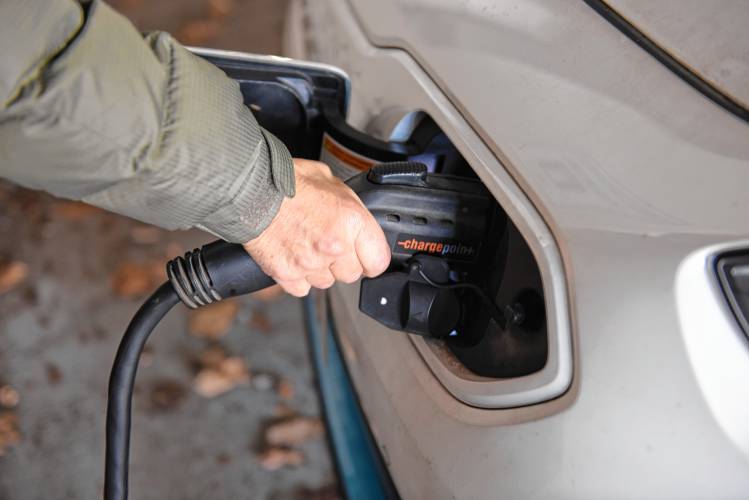
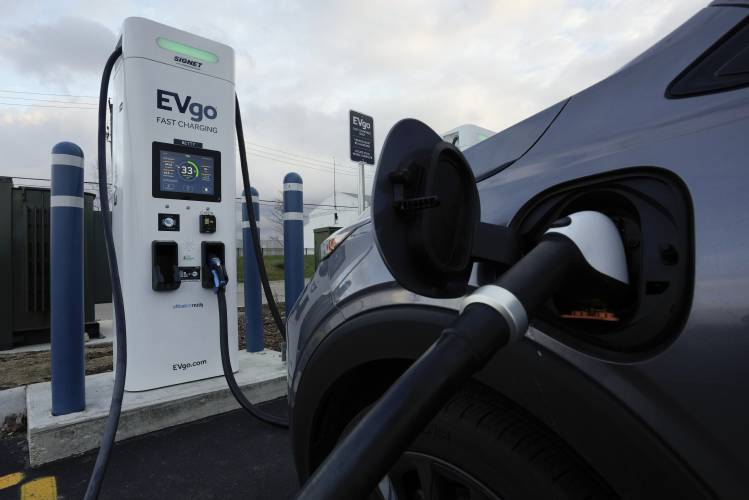

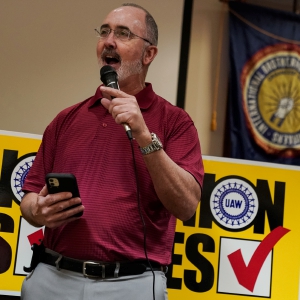 Opinion: No, Republicans are not better on the economy
Opinion: No, Republicans are not better on the economy Opinion: Campus chaos and America’s character
Opinion: Campus chaos and America’s character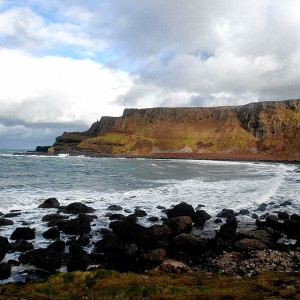 Opinion: Learning from landscapes
Opinion: Learning from landscapes Opinion: Summer camp registration: The only thing higher than the price is the anxiety
Opinion: Summer camp registration: The only thing higher than the price is the anxiety
